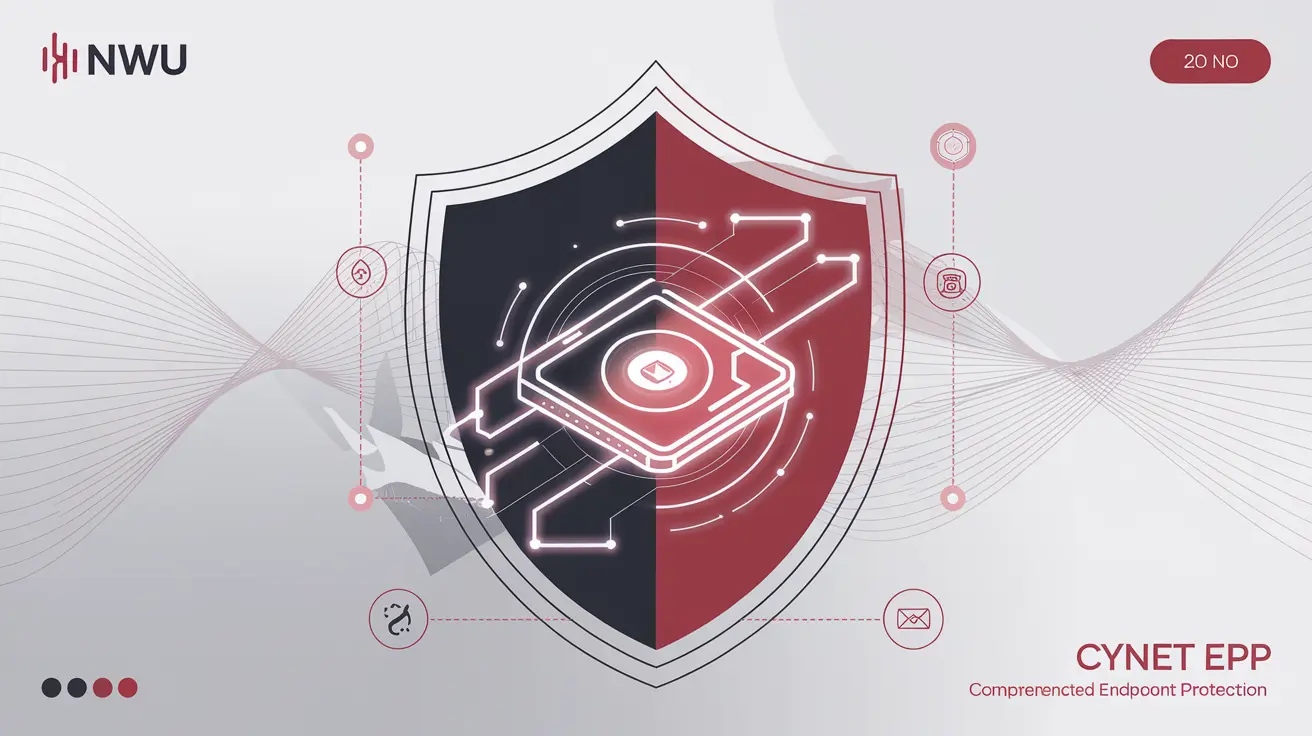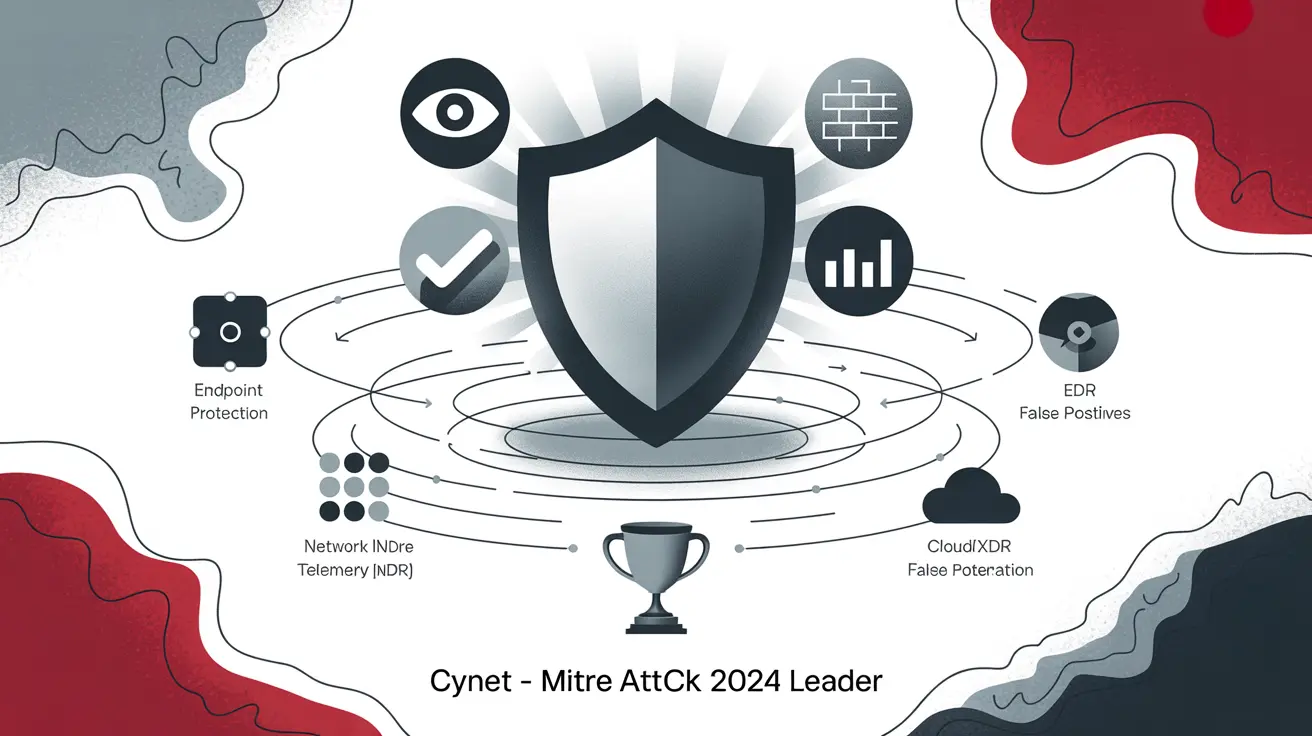
Introduction to Network Address Translation for Strengthening Cybersecurity
In today’s digital world, where cyber threats are becoming increasingly sophisticated and prevalent, ensuring network security is a top priority for any organization. One of the key tools in the arsenal of cybersecurity professionals is NAT, or Network Address Translation. What is NAT, how does it work, and what significance does it have for your network security? In this article, we will take a detailed look at the principle of NAT and its role in strengthening the security perimeter, especially in the context of cybersecurity solutions offered by Cynet. We will also explore how Cynet solutions use NAT to protect against modern cyber threats.
NAT: Basics and Principle of Operation
NAT protocol is a method used in network devices, such as routers and firewalls, to translate IP addresses. The main function of NAT is to allow multiple devices on a private network, using private IP addresses, to share one or more public IP addresses for communication with the outside world, such as the internet.
How NAT Works: Detailed Description
The principle of NAT is relatively simple, but its impact on network security is enormous. Here are the main steps of how NAT works:
- A device on the private network sends a request to an external server.
- The router performing NAT intercepts this request.
- The router replaces the sender’s private IP address with its public IP address.
- The router also changes the sender’s port number and saves the mapping between the private IP address, port, and public IP address, port in the NAT table.
- The request is sent to the outside world with the router’s public IP address.
- When the external server sends a response, it arrives at the router’s public IP address.
- The router, based on the NAT table, determines which device on the private network this response is intended for.
- The router replaces the recipient’s public IP address with the device’s private IP address and forwards the response to the appropriate device.
Advantages and Disadvantages of Using NAT
Using NAT offers several significant advantages but also has certain disadvantages.
Advantages:
- Masking internal IP addresses enhances network security by hiding the internal network structure from external attackers. They cannot directly attack individual devices on the network, as they only see the router’s public IP address.
- Saving IP addresses thanks to NAT, organizations can use a limited number of public IP addresses for a larger number of devices on their network. This is especially relevant in the context of IPv4 address scarcity.
- Simplified network management NAT allows the internal network to use private IP addresses without the need to reconfigure when the public IP address changes.
Disadvantages:
- Complexity with some applications some applications, especially those that require direct connection between devices, may experience problems when working through NAT.
- Router resource costs performing NAT requires computational resources of the router, which can affect network performance under heavy loads.
- Troubleshooting complexity debugging network problems can be more difficult, as it is necessary to take into account the address translations performed by NAT.
The Role of NAT in Cynet Cybersecurity Solutions
Cynet actively uses the NAT protocol in its cybersecurity solutions to provide comprehensive network protection against modern threats. Cynet’s solutions integrate NAT with other security technologies, such as firewalls, intrusion detection systems (IDS), and intrusion prevention systems (IPS), to create multi-layered protection.
Integration of NAT with Other Security Technologies
Cynet solutions use NAT in conjunction with other security technologies to provide more effective network protection. Here are some examples:
- Firewalls with NAT support they allow you to filter traffic based on rules applied to public IP addresses, hiding the internal network structure and preventing unauthorized access.
- IDS/IPS with NAT integration intrusion detection and prevention systems can analyze traffic passing through NAT and identify suspicious activity, even if the attacker is trying to hide their actions behind a public IP address.
- VPN tunnels through NAT Cynet solutions support the creation of VPN tunnels through NAT, providing secure connection of remote users and branches to the corporate network.

Benefits of Using Cynet Solutions with NAT Support
Using Cynet solutions that integrate NAT provides several benefits for organizations seeking to ensure a high level of cybersecurity:
- Improved threat protection Cynet solutions use NAT to mask internal IP addresses, making it more difficult for attackers to penetrate the network and cause damage.
- Centralized security management Cynet solutions provide a centralized platform for managing all aspects of network security, including NAT, firewalls, IDS/IPS, and other technologies.
- Security automation Cynet solutions automate many tasks related to network security, freeing IT professionals from routine operations and allowing them to focus on more important tasks.
- Regulatory compliance Cynet solutions help organizations comply with cybersecurity regulatory requirements such as GDPR, HIPAA, and PCI DSS.
Common Mistakes When Configuring NAT and How to Avoid Them
Incorrect NAT configuration can lead to serious problems with network security and availability. It is important to know what NAT is to understand how it should be configured correctly. Here are some common mistakes and how to avoid them:
- Incorrect configuration of port forwarding rules this can lead to certain services being unavailable from the outside or, conversely, being accessible to unauthorized persons.
- Solution: Carefully plan the port forwarding rules and regularly check them for compliance with business needs. Use the principle of least privilege, providing access only to those services that are really necessary.
- Using weak passwords to manage NAT this can allow attackers to gain access to NAT settings and change them in their own interests.
- Solution: Use strong passwords to manage NAT and change them regularly. Enable two-factor authentication for additional protection.
- Lack of NAT monitoring this can lead to you not noticing suspicious activity related to NAT, such as port scanning attempts or attacks on vulnerable services.
- Solution: Set up NAT monitoring and receive notifications of suspicious activity. Use traffic analysis tools to identify anomalies.
NAT and the Future of Cybersecurity: What to Expect
The principle of NAT and its application in cybersecurity continue to evolve. With the advent of new technologies and threats, NAT will play an increasingly important role in protecting networks.
IPv6 and NAT
The transition to IPv6, which offers far more IP addresses than IPv4, may seem to reduce the need for NAT. However, NAT will still be useful for security and masking internal IP addresses.
NAT and Cloud Technologies
In cloud environments, NAT is used to provide secure access to cloud resources and to protect against attacks from the outside. Cynet solutions offer integration with cloud platforms, allowing you to use NAT to protect cloud resources.
NAT and IoT
With the growth of Internet of Things (IoT) devices, NAT is becoming increasingly important to protect these devices from attacks. Cynet solutions offer solutions for protecting IoT devices using NAT and other security technologies.
In conclusion, Network Address Translation (NAT) plays a critical role in modern cybersecurity. Understanding what NAT is, how it works, and how to configure it correctly is essential to protecting your network from modern threats. Cynet’s solutions offer a comprehensive approach to security, integrating NAT with other technologies such as firewalls, IDS/IPS, and VPN, to provide multi-layered protection.
Contact us to learn more about how Cynet’s solutions can help you strengthen your cybersecurity through the effective use of NAT.
FAQ: How Network Address Translation Enhances Cybersecurity
-
What is NAT (Network Address Translation) and how does it work?
NAT (Network Address Translation) is a method of remapping IP addresses that is used to allow multiple devices on a private network with private IP addresses to share one or more public IP addresses for communication with the outside world, such as the internet. The router replaces the sender's private IP address with its public IP address and also changes the port number, maintaining the mapping in the NAT table.
-
What is the main advantage of using NAT from a cybersecurity perspective?
The main advantage is the masking of internal IP addresses. This enhances network security by hiding the internal structure from attackers. They only see the router's public IP address, which makes direct attacks on individual devices on the network more difficult.
-
What disadvantages can arise when using NAT?
Difficulties with some applications, especially those that require a direct connection between devices. NAT also requires router processing power, which can affect performance, and it complicates troubleshooting network problems.
-
How does Cynet use NAT in its cybersecurity solutions?
Cynet integrates NAT with other security technologies, such as firewalls, intrusion detection and prevention systems (IDS/IPS), to create a multi-layered network defense. This allows for more effective traffic filtering and identification of suspicious activity.
-
What common mistakes are made when configuring NAT and how can they be avoided?
Incorrect configuration of port forwarding rules (carefully plan and verify the rules). Using weak passwords to manage NAT (use strong passwords and two-factor authentication). Lack of NAT monitoring (set up traffic monitoring and analysis to detect anomalies).
-
Will NAT still be necessary when migrating to IPv6?
Yes, despite the larger number of IP addresses in IPv6, NAT will still be useful for security and masking internal IP addresses.
-
How is NAT applied in cloud technologies?
In cloud environments, NAT is used to provide secure access to cloud resources and protect against external attacks. Cynet solutions offer integration with cloud platforms to protect cloud resources.
-
What role does NAT play in protecting Internet of Things (IoT) devices?
With the growing number of IoT devices, NAT is becoming increasingly important to protect them from attacks. Cynet solutions offer solutions for protecting IoT devices using NAT and other security technologies.
-
What are the benefits of using Cynet solutions with NAT support?
Improved threat protection through IP address masking, centralized security management, security automation, and regulatory compliance.
-
What other security technologies does Cynet integrate with NAT?
Firewalls, Intrusion Detection Systems (IDS), Intrusion Prevention Systems (IPS), and VPN tunnels.







